All About Eyes: The Best Eyeshadow Palettes to Elevate Your Look
When it comes to makeup, one of the most transformative tools in a beauty enthusiast’s arsenal is a well-chosen eyeshadow palette. The right palette can enhance your natural beauty, allow you to experiment with vibrant colors, or create that perfectly polished look for any occasion. In this article, we delve deep into the world of eyeshadow palettes, exploring the best options available to elevate your makeup game.
The Importance of Eyeshadow Palettes
Eyeshadow palettes are a remarkable innovation in makeup, combining a variety of shades and finishes into a single, portable option. They not only allow for versatility in makeup looks but also offer convenience in application. A good palette can showcase a spectrum of colors—from mattes to shimmers and everything in between—enabling users to customize their looks effortlessly.
Types of Eyeshadow Palettes
1. Neutral Palettes
Neutral palettes are perfect for everyday wear. They typically comprise shades ranging from soft taupes and browns to deeper charcoals, making them extremely versatile. A great neutral palette can be used to create both subtle, natural looks and more dramatic evening styles.
Recommended Palette: Urban Decay Naked Palette – This iconic palette includes a range of shades with a perfect mix of matte and shimmer finishes, making it an excellent choice for both daytime and nighttime looks.
2. Colorful Palettes
For those who love to express their creativity through makeup, colorful palettes are an essential. Comprising vibrant shades such as blues, greens, oranges, and purples, these palettes allow for unlimited experimentation.
Recommended Palette: Morphe 35B Color Burst Palette – With 35 bold shades in a variety of finishes, this palette is perfect for those who want to play with color. It is incredibly pigmented, allowing you to create impactful looks.
3. Smoky Palettes
For a sultry, evening look, smoky palettes are a must-have. These palettes typically feature darker shades that allow for dramatic eye makeup, perfect for a night out.
Recommended Palette: Too Faced Chocolate Bar Palette – While it includes some neutral shades, the darker browns and blacks make for gorgeous smoky eyes. Plus, it has a delightful cocoa scent that elevates the experience.
4. Everyday Essentials
Every makeup lover needs a palette that includes essential shades for daily wear. These palettes tend to offer a balanced mix of matte and shimmer shades that can be used for work, casual outings, or any occasion where you want a polished look.
Recommended Palette: Tarte Tartelette In Bloom Clay Eyeshadow Palette – Featuring a range of beautifully blendable shades, this palette is designed for everyday wear and makes it easy to achieve a quick, gorgeous look.
Factors to Consider When Choosing an Eyeshadow Palette
-
Color Range: Consider what colors will best suit your skin tone and eye color. Palettes with a good mix of both warm and cool shades generally offer more versatility.
-
Finish: Look for a palette that includes various finishes. A combination of matte, satin, and shimmer shades allows for diverse looks.
-
Texture and Blendability: High-quality eyeshadows should be easy to blend and have a smooth texture. It is often beneficial to read reviews or test the product before buying.
-
Packaging: The design and functionality of the palette’s packaging can enhance your experience. Look for palettes that come with mirrors for easy application on the go.
- Price Point: Eyeshadow palettes can range widely in price. Determine your budget beforehand but remember that sometimes investing in a higher-priced palette can yield better quality.
How to Apply Eyeshadow Like a Pro
Applying eyeshadow might initially seem daunting, but with the right techniques, anyone can master the art. Here’s a step-by-step guide:
Step 1: Prime Your Lids
Before applying eyeshadow, it’s crucial to use an eyeshadow primer or a concealer. This helps to create a smooth surface for the eyeshadow and enhances its longevity.
Step 2: Transition Shade
Choose a neutral transition shade that closely resembles your skin tone. Use a fluffy blending brush to apply this shade into your crease to create depth.
Step 3: Apply Your Lid Color
Select a shade to apply to your eyelids. Use a flat brush for packing the color onto the lid, ensuring it is vibrant and well-distributed.
Step 4: Deepen the Outer Corner
To add dimension, choose a darker shade and apply it to the outer corner of your eye. Blend this shade into the crease for a seamless transition.
Step 5: Highlight
Using a light shimmer shade, apply it to the brow bone and the inner corners of your eyes to brighten and open up your eye area.
Step 6: Bottom Lash Line
Don’t forget to add a little eyeshadow to your lower lash line! Use a small brush and either a dark shade or the transition shade to tie the look together.
Step 7: Finish with Liner and Mascara
Complete your eye makeup with eyeliner and mascara. A simple cat-eye or tightline can elevate the look, while a good coat of mascara will bring everything together.
Best Eyeshadow Palettes for Different Skin Tones
Not all skin tones are created equal, and choosing the right eyeshadow palette can greatly enhance your natural beauty. Here’s a breakdown of palettes that work well with various skin tones.
For Fair Skin
Individuals with fair skin should lean towards pastel and soft shades.
Recommended Palette: Anastasia Beverly Hills Soft Glam Palette – This palette offers a range of light, muted colors that complement fair skin beautifully. The mix of mattes and shimmers provides flexibility for various occasions.
For Medium Skin
Medium skin tones can pull off both warm and cool shades, making a broader selection of palettes accessible.
Recommended Palette: Huda Beauty Desert Dusk Palette – This palette features rich colors that make warm tones pop, while also including some cool shades to balance out your look.
For Deep Skin
For deeper skin tones, bold and vibrant colors often look stunning.
Recommended Palette: Juvia’s Place The Masquerade Palette – This palette is packed with highly pigmented colors that make a statement. The vibrant hues are perfect for creating striking contrasts.
The Future of Eyeshadow Palettes
The beauty industry is constantly evolving, and eyeshadow palettes are at the forefront of innovation. With clean beauty on the rise, many brands are producing cruelty-free and vegan eyeshadow options. Additionally, customizable palettes are gaining popularity, allowing users to create their ideal selection of shades.
Conclusion
Eyeshadow palettes have revolutionized the way we approach makeup. They offer unlimited opportunities for creativity and self-expression. Whether you prefer subtle, natural looks or bold, vibrant styles, there’s a palette out there to meet your needs. As you explore the world of eyeshadow palettes, consider your unique style, skin tone, and personal preferences. With the right palette, you can elevate your look and ignite your creativity every day.
Footnotes
- Urban Decay. Naked Palette. Urban Decay Cosmetics. urbanDecay.com
- Morphe. 35B Color Burst Palette. Morphe Brushes. morphe.com
- Too Faced. Chocolate Bar Palette. Too Faced Cosmetics. toofaced.com
- Tarte. Tartelette In Bloom Clay Eyeshadow Palette. Tarte Cosmetics. tarte.com
- Anastasia Beverly Hills. Soft Glam Palette. Anastasia Beverly Hills. anastasiabeverlyhills.com
- Huda Beauty. Desert Dusk Palette. Huda Beauty. hudabeauty.com
- Juvia’s Place. The Masquerade Palette. Juvia’s Place. juviasplace.com


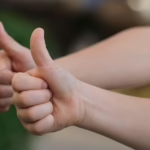

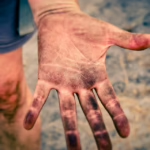

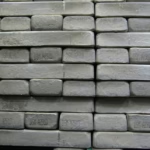








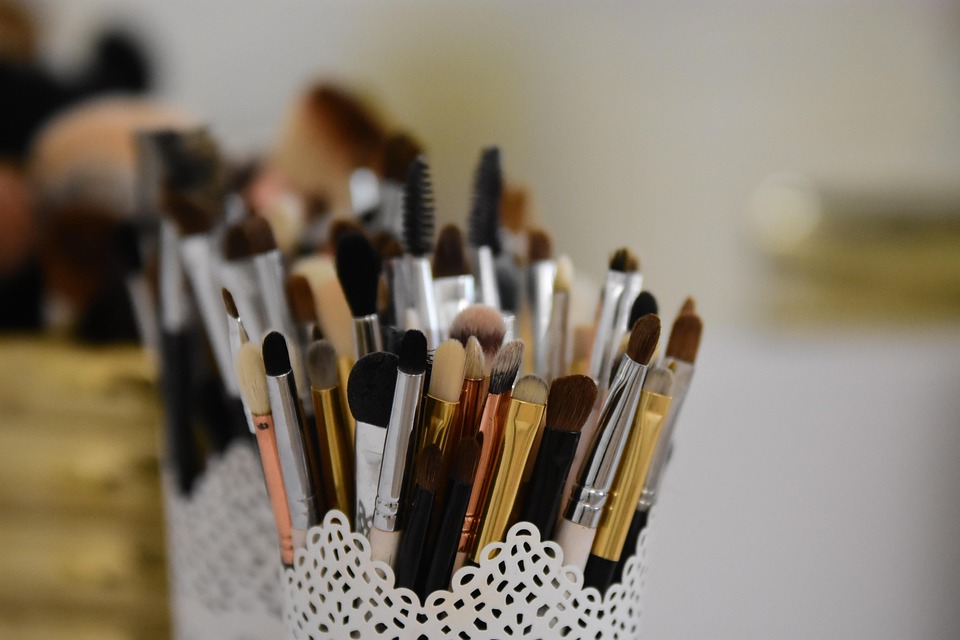

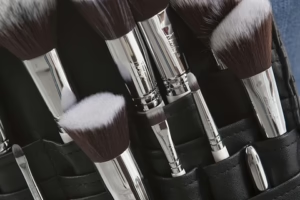
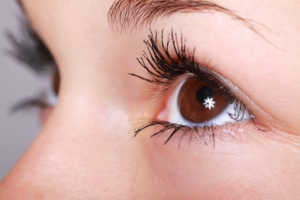

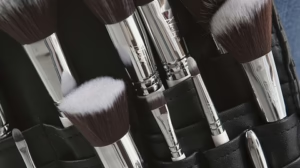
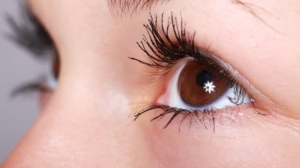




Add Comment